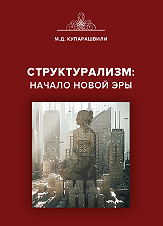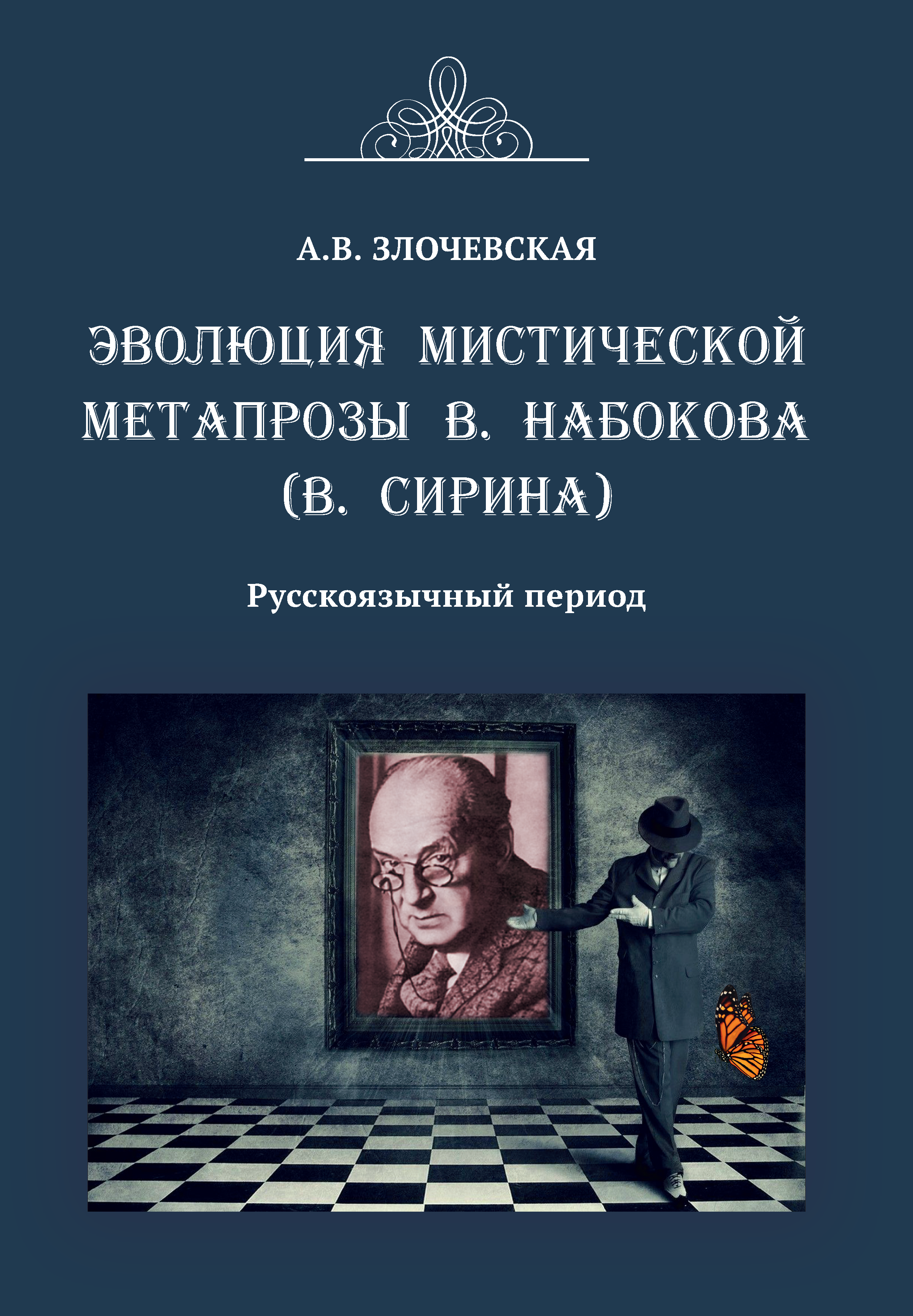Limunet Sh. Amrahly, PhD (psychology), Docent, Institute of Education of the Republic of Azerbaijan, Baku City, https://orcid.org/0009-0003-3152-873X, e-mail: limunet@mail.ru
The article discusses the process of developing adolescents’ skills to overcome difficulties in cognitive activity, in particular, in a situation of cognitive dissonance. The psychological characteristics of this situation, factors in the form of conditions that require willpower, intelligence, as well as planning and forecasting the cognitive process are clarified. Here, a student may encounter conflict situations that inhibit activity and require more complex solutions when the tasks set go beyond his usual skills and abilities. The situation of dissonance refers to the discrepancy between the situations that teenagers face and their personal experience, as well as between personal experience and the experience of the group. Methods developed for the successful resolution of situations of volitional dissonance have been tested.
Keywords: cognitive activity, cognitive map, teenager, problem situation, cognitive dissonance, psychological methods and pedagogical techniques
References
1. Amrahly, L.Sh. Cognitive psychology: modern approach to cognitive activity]. Baku: MS, 2018. 334 p. (in Azeri)
2. Amrahly, L.Sh. Psychological trainings. Baku: Adyloglu, 2020. 260 p. (in Azeri)
3. Aron, I.S. Specifics of cognitive readiness for professional self-determination of adolescents with special social situations of development. Psiholog. 2016. No. 3. P. 70–78.
4. Ahmetova, Z.A., Dorohova, S.V. Fundamentals of cognitive psychology. Bishkek: Publ. House KRSU, 2013. 232 p.
5. Bruner, J. Psychology of knowledge. Mosow: Progress, 1977. 247 p. (In Rus.)
6. Duhnovsky, S.V. Psychological support of adolescents in critical situations. Kurgan: Kurgansk State University Press, 2003. 124 p.
7. Reshetova, T.Ya. Cognitive dissonance as a factor in the development of anxiety in students. Abstract Ph.D. (Psyhology) thesis. Sochi, 1998.
8. Tolmen, E. Cognitive maps in rats & mans. P.Ya. Galperin, A.N. Zhdan (eds). Moscow: Publ. House MGU, 1980. P. 63–69. (In Rus.)
9. Thorndike, E. The process of learning in man. Moscow: Uchipedgiz, 1935. 74 p. (In Rus.)
10. Festinger, L. Theory of cognitive dissonance. St. Petersburg: Rech’, 2000. 318 p.
11. Khalitov, R.G. Osobennosti psihosocial’nogo dissonansa kommunikativno-volevyh komponentov psihiki v polovozrastnyh gruppah [Features of psychosocial dissonance of communicative-volitional components of the psyche in age and gender groups]. Abstract Ph.D.(Psyhology) thesis. Kazan, 2012.
12. Bernstein, B. Class, codes and control. London and New York: Routredge group, 2003. 212 p.
13. Neisser, U. Cognitive Psychology. New York: Appleton, 1967. 351 p.
14. Miller, G.A. Number Seven, Plus or Minus Two. On Some Limits of Our Ability to Process Information. URL: https://www.ebbinghaus.ru/wp-content/uploads/2010//.
15. Invinson, G. Re-imaging Bernstein’s restricted codos. European Educational Research Journal. 2017. P. 1–16. DOI: 10.1177/1474904117745274. URL: https://www.researchgate.net/publication/292652048_Bernstein_Codes_and_s....
16. Cognitive dissonance. URL: https://znanierussia.ru/articles//
17. Methods of managing cognitive dissonance. URL: https://vc.ru/flood/1082239//


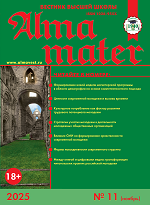
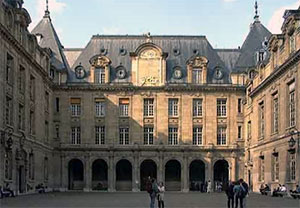
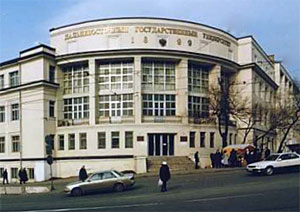
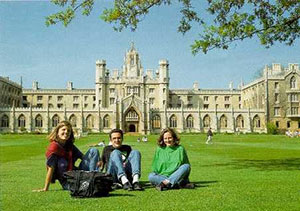


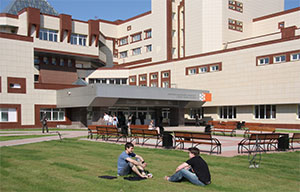


.png)
